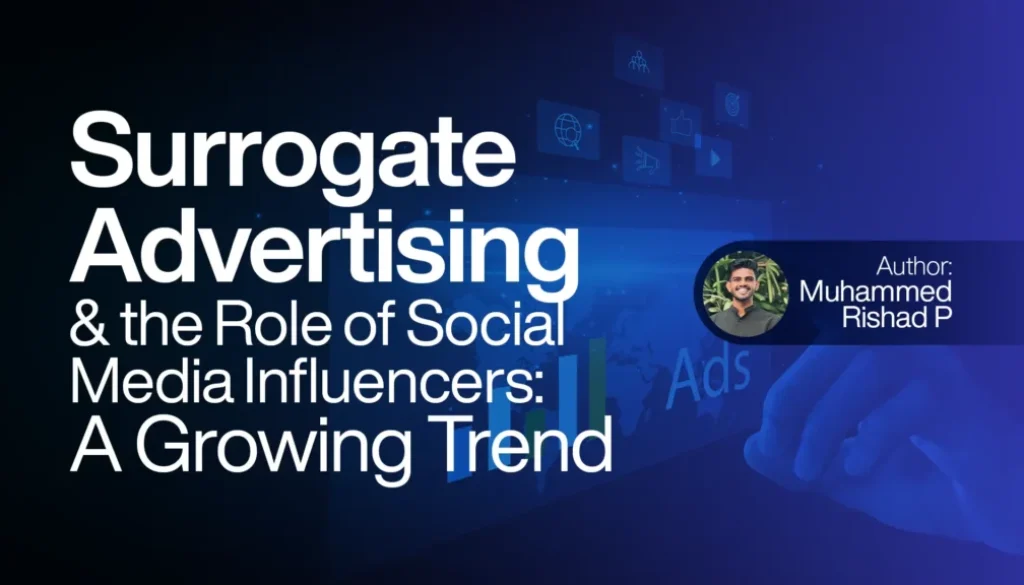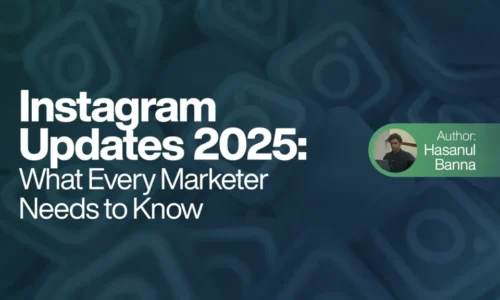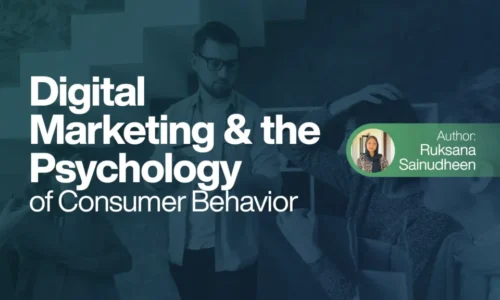Surrogate Advertising and the Role of Social Media Influencers: A Growing Trend
If you’ve spent any time scrolling through Instagram, TikTok, or YouTube lately, you’ve probably come across a slew of products being promoted by your favorite influencers. But have you ever stopped to wonder if what they’re really selling is always as straightforward as it seems?
Enter the world of surrogate advertising a growing trend that’s making waves in the marketing world—and the role social media influencers are playing in it. But first, let’s break it down a bit.
Table of Contents
What is Surrogate Advertising?
In simple terms, surrogate advertising is a clever marketing strategy used by companies when they’re unable to advertise certain products directly due to legal or regulatory restrictions. In many countries, advertising for certain goods like alcohol, tobacco, or gambling is prohibited, but companies still want to find a way to promote their brand.
Here’s where it gets interesting: instead of showing their restricted products directly in ads, brands often promote something else—something that’s legal to advertise but still linked to their main product. For example, you might see an ad for a soda brand that’s actually a subsidiary of an alcohol company. Or, in the case of cigarette brands, you may notice them pushing accessories like clothing or lighters instead of the actual product.
The Role of Social Media Influencers
Now, enter the influencers. Social media influencers, with their huge online followings, have become one of the most powerful tools for brands looking to get their message out. Many of these influencers are highly trusted by their audiences, and when they promote something, it often feels like a personal recommendation rather than a cold, hard ad.
What does this mean for surrogate advertising? Simply put: influencers are often the perfect vehicle for brands looking to work around advertising restrictions. Instead of directly showcasing a restricted product, influencers might promote the lifestyle around that product. For instance, an influencer might post about wearing a cool branded t-shirt (which happens to belong to a tobacco company), or share a casual video about hanging out with friends at a bar, subtly associating a particular alcoholic beverage with fun and social success.
While it may look like they’re promoting a simple lifestyle, these influencers are subtly boosting the profile of the restricted product without directly advertising it.
Why It Works (And Why It’s Controversial)
The reason surrogate advertising through influencers is so effective is that it’s highly subtle and integrated into the influencer’s life. Unlike traditional ads, which can feel forced, influencer posts are seen as more authentic because they often reflect what the influencer actually uses or enjoys. Followers feel like they’re getting a sneak peek into the influencer’s personal life, and that trust translates into better engagement and more product sales.
However, this method has raised some ethical concerns. Many critics argue that it can be manipulative—especially when younger, impressionable audiences are involved. The line between lifestyle promotion and actual product promotion can become blurry, and influencers might not always be transparent about the underlying motives of the brands they work with.
The Impact on Consumers
Consumers today are savvy. They’ve seen enough ads to recognize when they’re being marketed to, but the subtlety of surrogate advertising can still catch them off guard. Many followers don’t even realize that what they’re seeing is a form of marketing, which can make them more susceptible to being influenced by the products they see on their feeds.
Moreover, there’s the issue of transparency. While influencers are often required by law to disclose paid partnerships or sponsored content, the nuances of surrogate advertising may not always be clear to the audience. This leaves room for a lot of gray areas in terms of consumer understanding and consent.
The Future of Surrogate Advertising
As regulations continue to tighten around traditional advertising, especially for products like alcohol and tobacco, surrogate advertising through influencers is only likely to grow. The digital space is a constantly evolving landscape, and brands will continue to find creative ways to reach consumers.
For influencers, it’s a balancing act between maintaining authenticity and promoting products in ways that feel true to their brand and their audience. And for consumers, it’s about being aware of the marketing strategies at play and recognizing when a post might be more about selling than it appears.
Final Thoughts
Surrogate advertising and its close relationship with social media influencers is a growing trend that has the power to shape the way we think about marketing in the digital age. While it can offer creative opportunities for brands, it’s important for consumers to stay informed and for influencers to be transparent about their partnerships.
As the lines between content and advertising continue to blur, the role of influencers will only become more important—and more complicated. Whether you’re an influencer, a brand, or just someone who loves browsing social media, understanding this trend is key to navigating the future of marketing in a world where the digital and physical spaces are increasingly intertwined.
Author Info
Muhammed Rishad, A Best digital marketer in Malappuram.
Learner of CDA Digital Marketing Course in Kerala.



